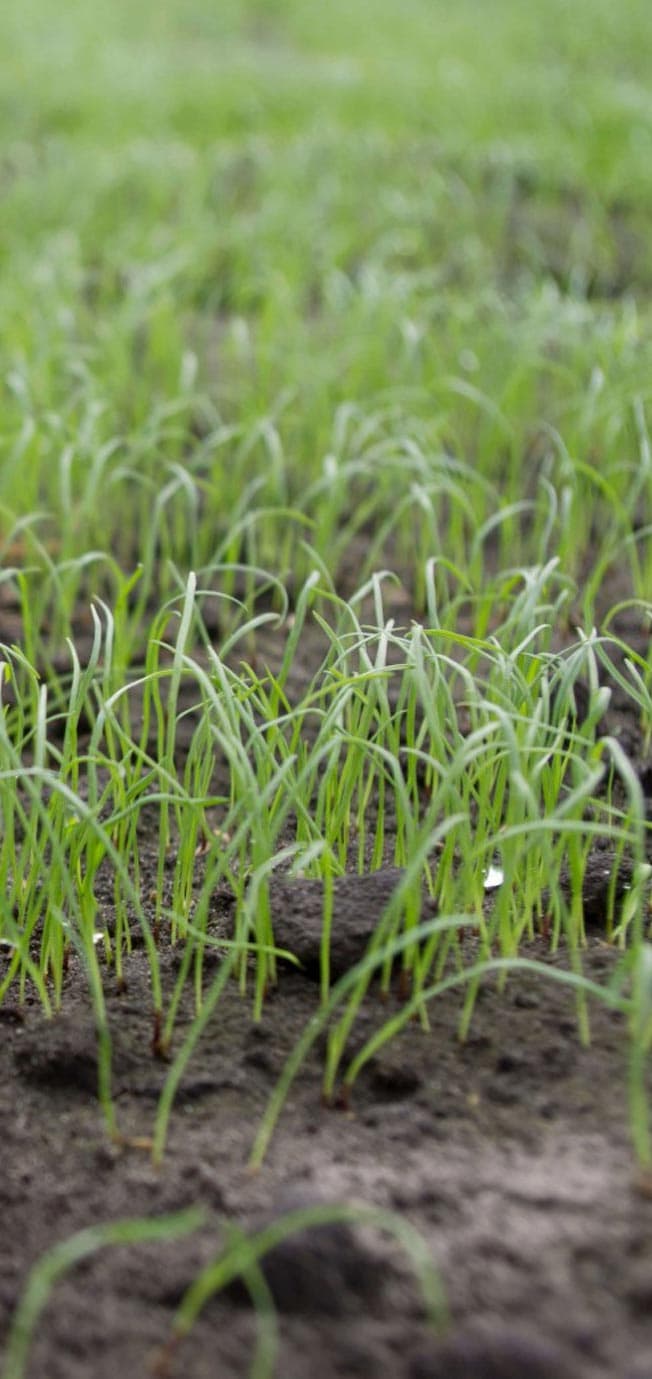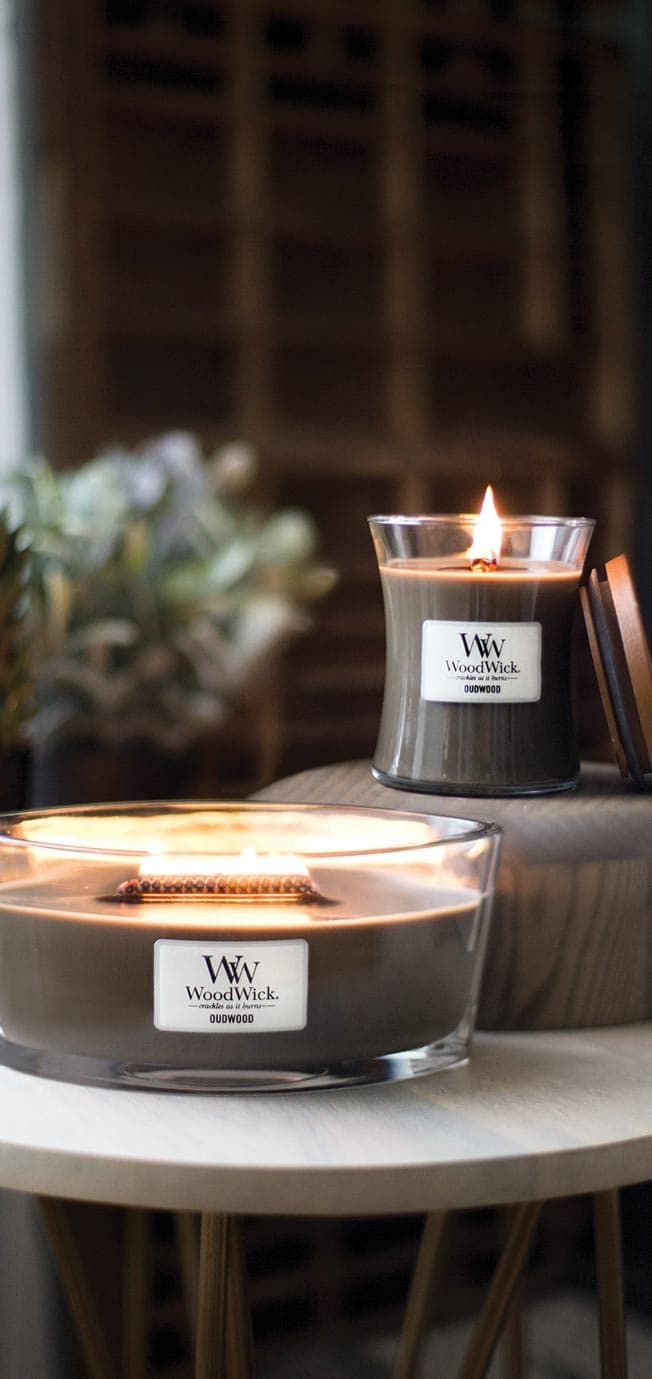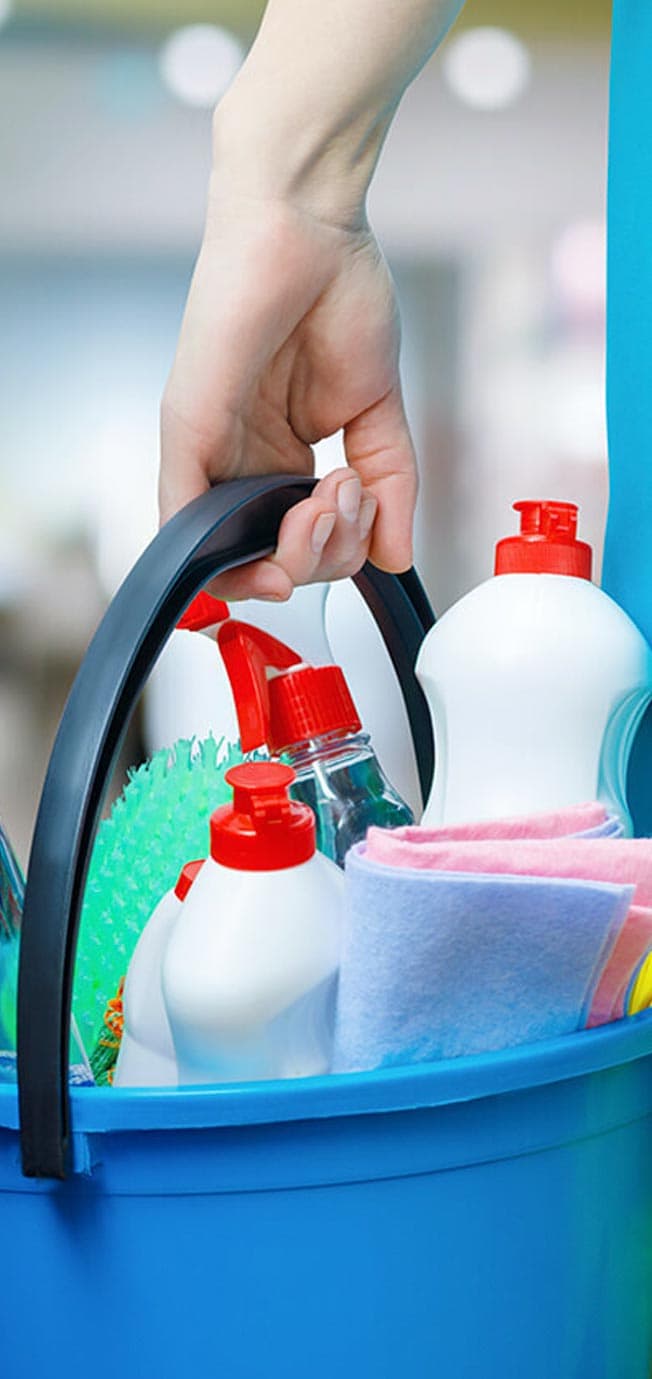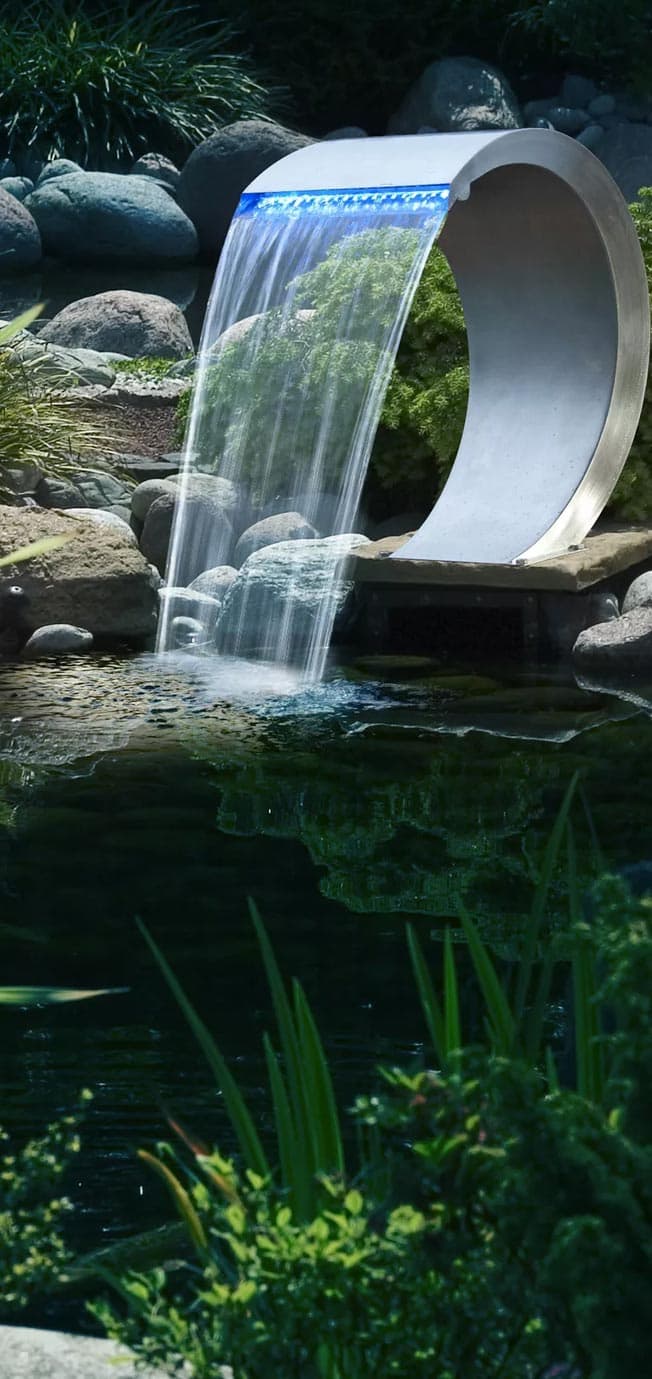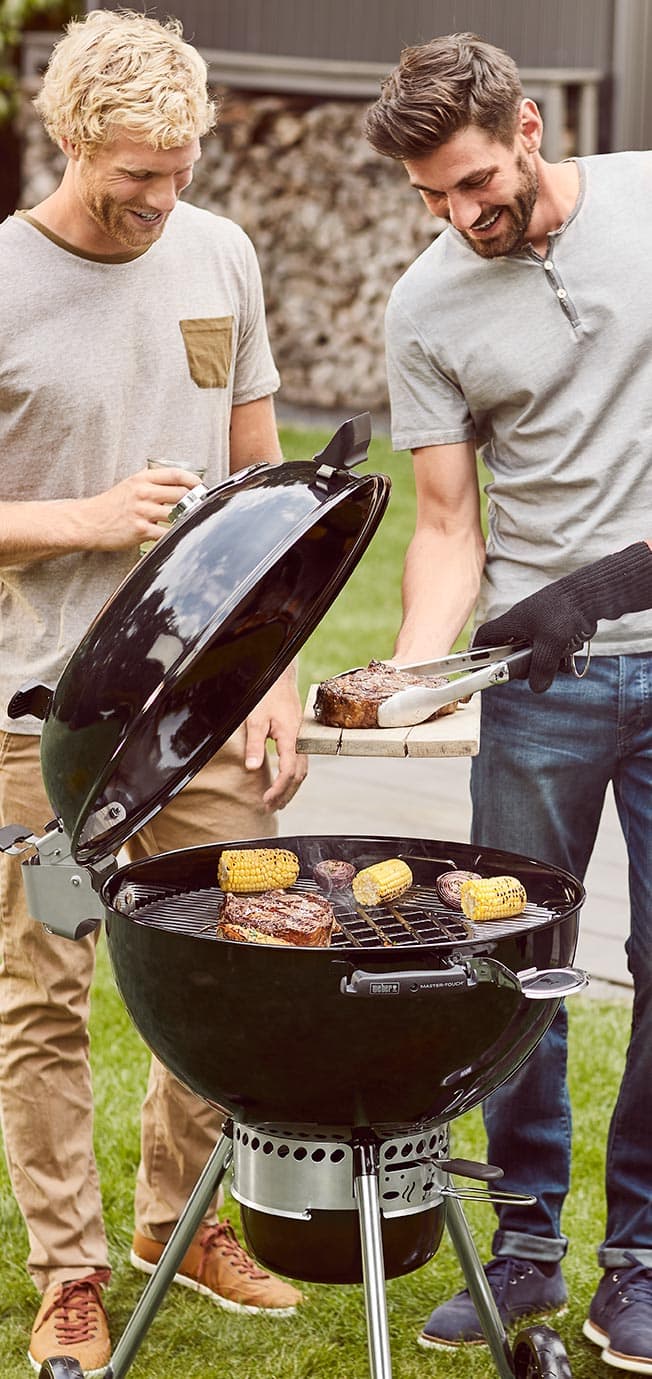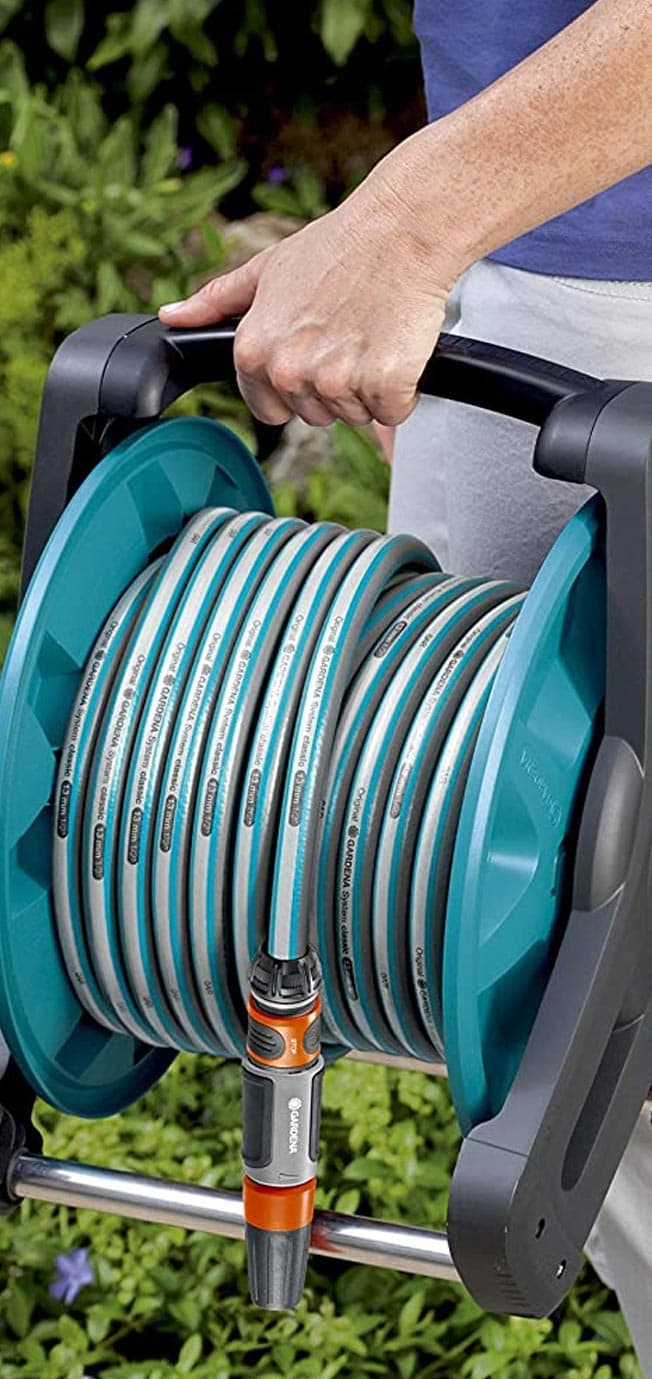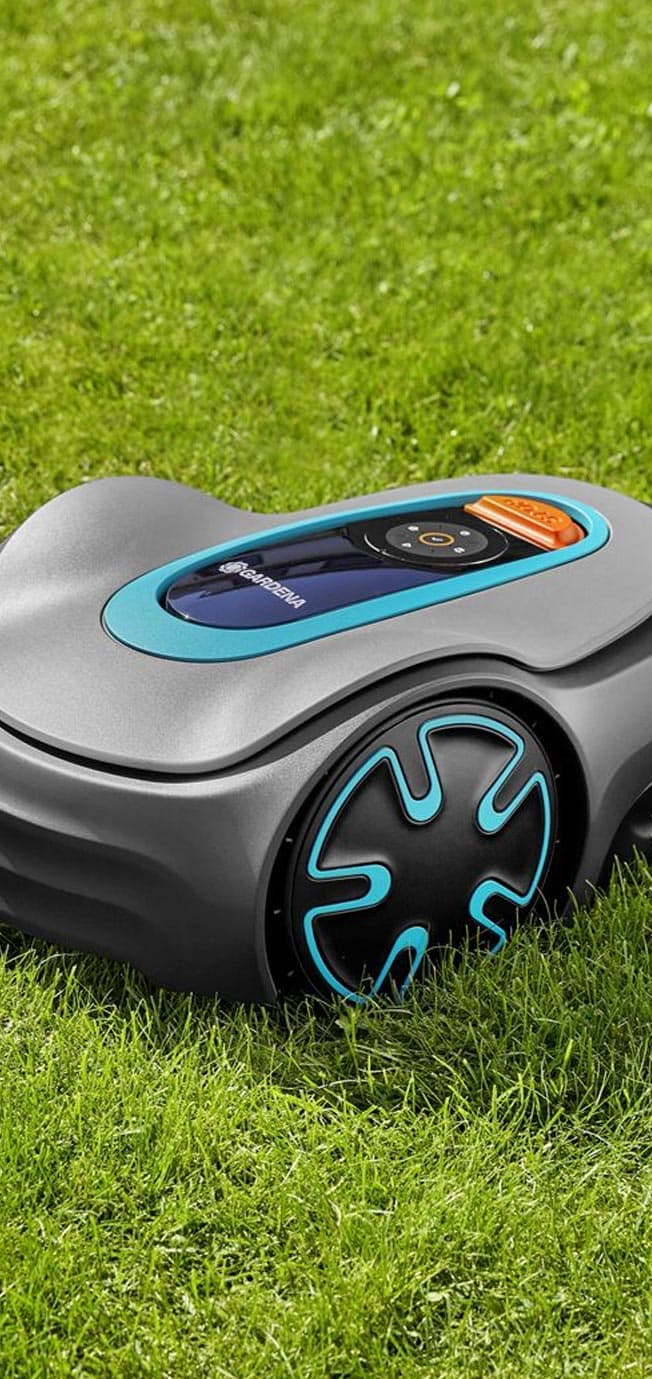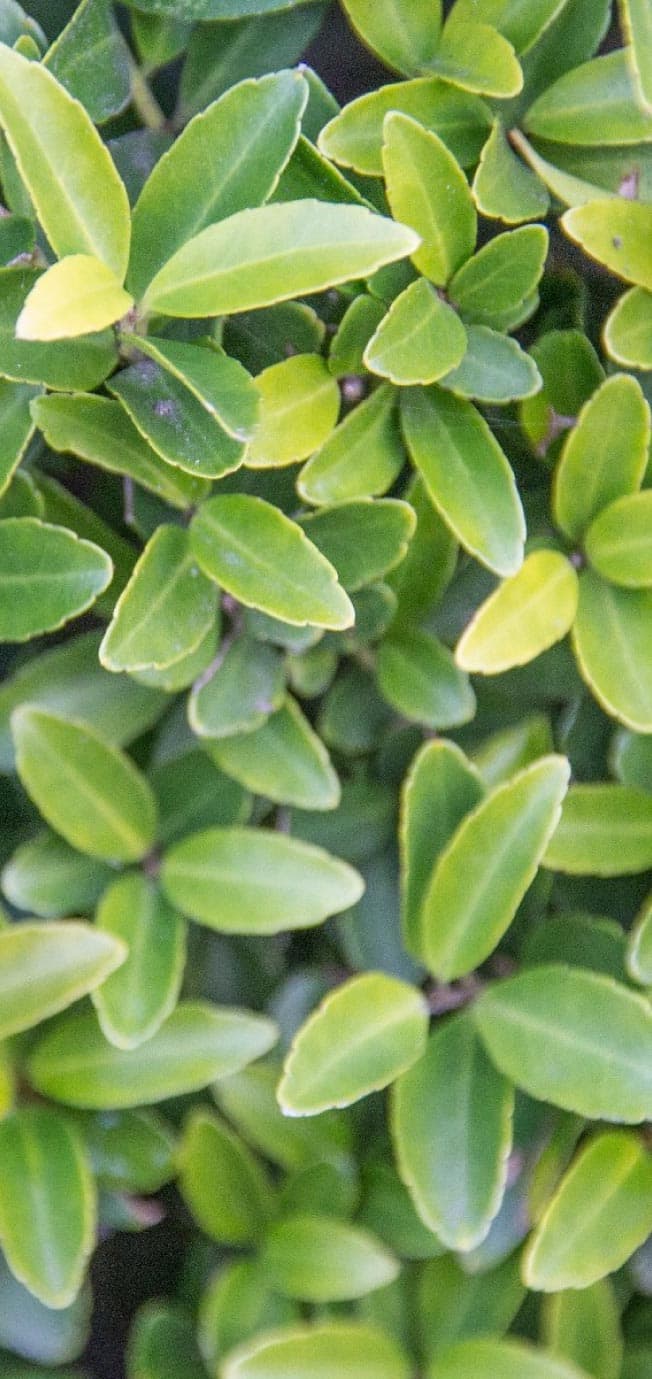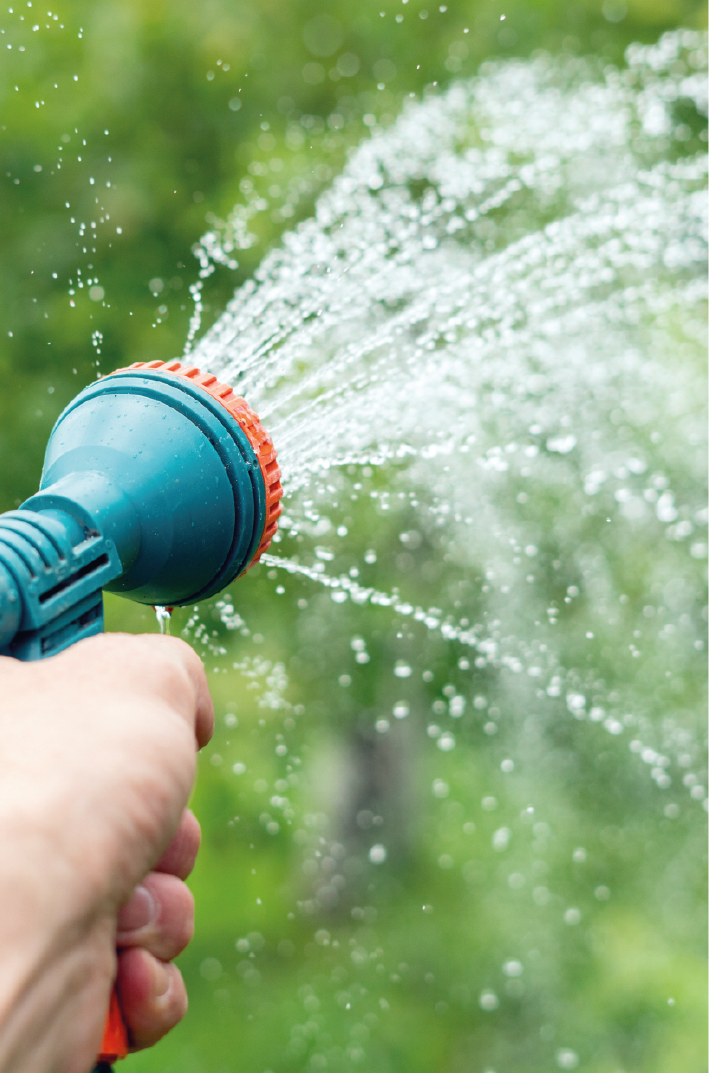
Make your own soil improver from your kitchen waste with a Bokashi bucket
Making your own compost and soil improver from your kitchen and garden waste is of course nothing new under the sun. However, the Bokashi bucket ensures that apartment dwellers can easily recycle their own VGF waste. You can put the Bokashi bucket on a small terrace or in your kitchen/storage room. In a fortnight time you can make your own soil improver, without odour nuisance and much effort! This of course makes it much more accessible and easier to recycle together.
A Bokashi bucket, what is that?
The Bokashi bucket originally came from Japan but it is also attracting more and more interest from the Flemish people. With this bucket you can easily
make your own soil improver at home without effort or needing a lot of space. You can put all kinds of kitchen and garden waste in it, as long as you make small pieces of it. With the Bokashi bucket city dwellers can easily recycle their waste but it also comes in handy in rural areas. This way you don't have to walk to the garden with your kitchen waste. By using the Bokashi bucket you complete the cycle. You process the leftovers of your vegetables and fruit (that come out of the ground) to soil improver, which stimulates the life in your garden. Bokashi buckets are also ideal to apply in schools or daycare centres. This way the children can help, and they learn to be aware of food and waste.
This Bokashi method benefits the ecological story in several ways. Firstly, you give your kitchen waste back to the soil in the form of a booster. But we also counteract the use of chemicals by naturally fertilising and strengthening the soil.
Hoe fermenteren?
Besides the waste you also add
Bokashi starter to the bucket. The Effective Micro-organisms (EM) in the starter will start the fermentation process. Microbes and bacteria have the reputation that we should be afraid of them. However, this is not the case because there are a lot of good bacteria and microbes that just provide antioxidants and vitamins. The EM organisms do not kill the bad bacteria but expel them, so we are not bothered by them anymore.
During composting the temperature can rise up to 70°C, and it takes about a year to produce usable humus. However, when using the Bokashi bucket the temperature will rise to a maximum of 40 °C, causing the waste to ferment. This way
all nutrients of the VGF waste are preserved. An extra but very important advantage of fermentation is that no unpleasant smells come out of it.
As soon as the Bokashi bucket is filled, you leave it
closed for two weeks. The bucket has an airtight seal so the fermentation process cannot be disturbed. After two weeks of isolation your waste will not look any different. The core of the apple and the peel of the banana will still be recognisable, but inside there is a lot going on. The result is not comparable to compost, where you get one unrecognisable mass. So with fermentation, you get a useful product much faster.
How to use the Bokashi bucket?
- Sprinkle 20 g Bokashi starter on the bottom of the bucket.
- Follow with a layer of GFT waste in small pieces.
- Afterwards you can add another thin layer (20 gr) of Bokashi starter, and repeat this process until the bucket is full. Between the layers you push the waste with the supplied tool. Always close the bucket after filling it with new waste.
- As soon as the bucket is completely filled, you leave it closed for a for two weeks
- Draw off the juice that is released during the fermentation process every day. You need to dilute 1 litre of this juice with 100 litres of water, and it is an ideal fertiliser for your plants! Your houseplants will also love it. So feel free to go around the house with a watering can of diluted Bokashi juice.
- After 2 weeks you can start using the fresh soil improver!
Something goes wrong during the making of the Bokashi? You will smell it immediately. The Bokashi has a yeast smell but should not stink. This is a sign that you have used too little starter or that you have not drained the juice. Unfortunately there is no other way than to empty your bucket and start again.
What does Bokashi do for the soil?
De bodemverbeteraar zal jouw bodem een boost geven, maar werkt ook ontgiftend. De planten ontwikkelen meer weerstand waardoor ze minder vatbaar zijn voor schimmels en slechte bacteriën. Ook het bodemleven zal toenemen, wat de vruchtbaarheid van jouw tuin dan weer ten goede komt. Maak een putje in de grond en doe daar wat Bokashi booster in. Bedek vervolgens opnieuw met een beetje grond zodat de bodemverbeteraar verder kan blijven fermenteren in jouw tuin. Je kan de Bokashi ook onder jouw composthoop in de tuin mengen zodat het composteringsproces versneld wordt.
The soil improver will give your soil a
boost but also has a detoxifying effect. The plants develop more resistance so they are less susceptible to moulds and bad bacteria. The soil life will also increase, which in turn will benefit the fertility of your garden. Make a hole in the soil and put some Bokashi booster in it. Then cover it again with a little soil so the soil improver can continue to ferment in your garden. You can also mix the Bokashi under your compost heap in the garden so the composting process is accelerated.
Attention: fresh Bokashi has a rather acidic pH-value of ± 4. Because the micro-organisms in the soil continue to work, the pH-value of the soil improver will increase to a neutral value of 7 within two weeks.
The Bokashi needs to rest for at least 2 weeks in the garden before sowing or planting.
You may also be interested in these articles 👇
More info? Receive all our gardening tips directly in your mailbox!
We'll only email you handy facts, green advice and our best promotions & discounts. You'll receive it about once a week and you can unsubscribe at any time. No spam, promise 🤞

